The founder of the Shakers, Ann Lee, was a blacksmith’s daughter and a mill hand in Manchester, England. Looking for a more personal and emotional religion than the official Church of England, in 1758 she joined a group called the Wardley Society that had left the Quakers. Because the Wardley’s version of religious worship including shakings of the body and motions of the head and arms, they came to be called “Shaking Quakers” and this in time was shortened to Shakers. The group’s official name, which they used after emigrating to America, was the “United Society of Believers in the Second Coming of Christ.” In their earlier years they usually referred to themselves as “Believers.”
Ann Lee was not very active in the group until she experienced several unhappy events — her father arranged a marriage for her with another blacksmith, Abraham Standernin, and her four children all died either at birth or in early infancy. She also began to have visions; these, and her innate leadership ability and charisma, led to her becoming leader of the group. However, their untraditional mode of worship also brought the group much persecution. Finally one of Ann Lee’s visions directed her to take her followers to America.
They arrived in New York City on August 6, 1774 (a date later celebrated by the Shakers) and set about to find a place to settle, while taking jobs in the city to earn their living. There were eight others in the group including Ann’s brother, William. These early Shakers found a suitable site — land eight miles northwest of Albany and, accompanied by four others who had come from England, settled there in 1776.







